Why Are Mold Upenders Becoming a Must-Have in Colombia’s Industrial Sector?
Handling massive, heavy molds is a daily challenge in industrial plants. I have seen it many times. You rely on cranes, chains, and a team of workers to flip a multi-ton piece of steel. It is a slow and tense process. Everyone holds their breath, hoping a sling doesn't slip or the load doesn't shift unexpectedly. The risk of a catastrophic accident, injury to your team, or damage to an expensive mold is always present. These hidden dangers and inefficiencies quietly eat away at your productivity and profits. But there is a better way. A specialized machine, the mold upender, offers a simple, powerful solution to this age-old problem, transforming a high-risk task into a safe, controlled, and efficient operation.
Mold upenders are becoming a must-have in Colombia’s industrial sector because they provide a direct and effective solution to the critical demands for greater workplace safety and operational efficiency. By automating the hazardous task of turning heavy molds, these machines drastically reduce the risk of accidents and equipment damage. This leads to faster production changeovers, less downtime, and a clear, measurable return on investment for any forward-thinking industrial company.
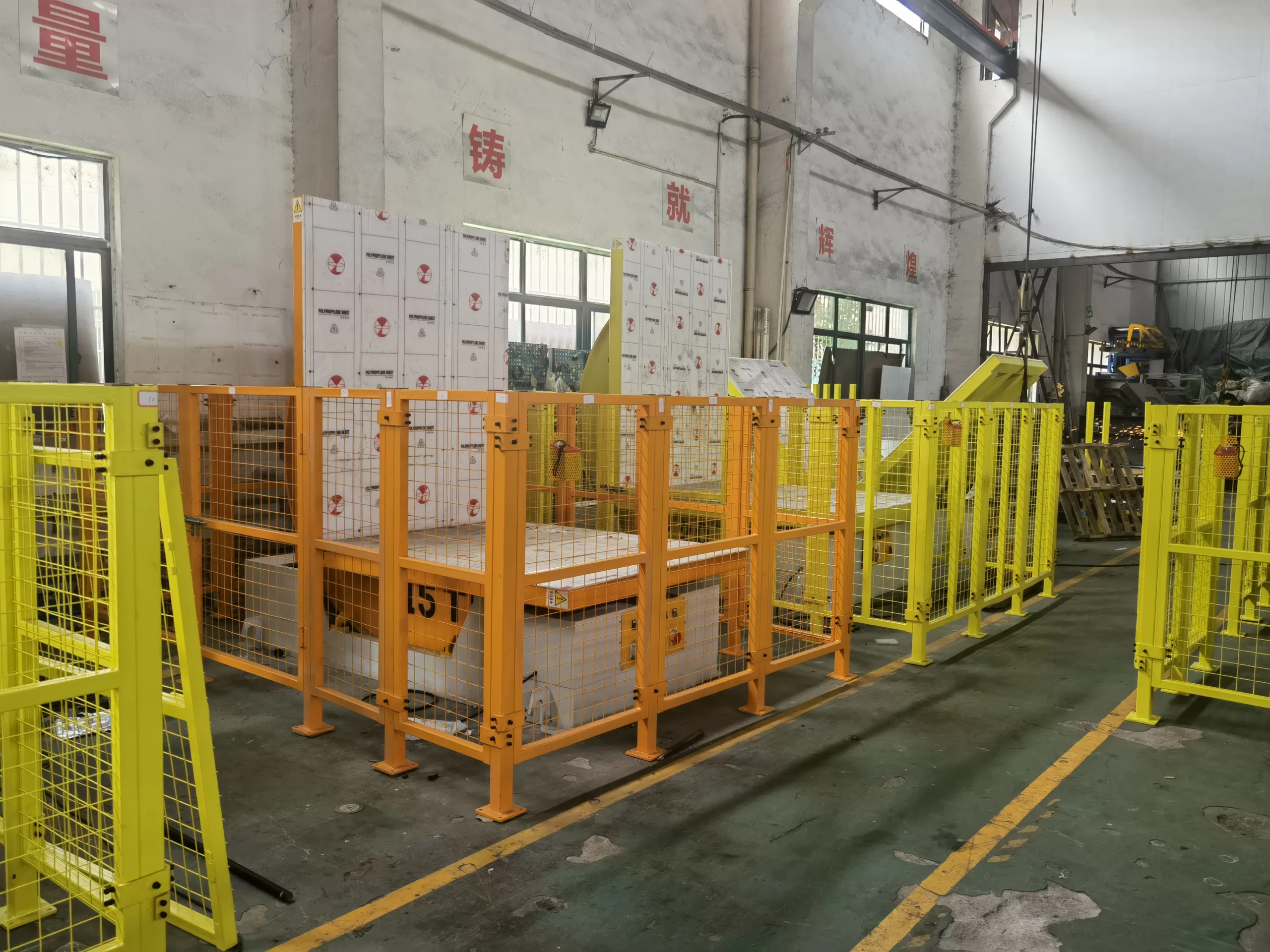
This might sound like a simple fix, but the ripple effects on a factory floor are huge. I've built my career on understanding these processes, first as an engineer and now as a factory owner. I want to share what I've learned. Let’s look closely at how this one piece of equipment can fundamentally change your operations for the better, starting with the most important thing: the safety of your people.
How Do Mold Upenders Directly Impact Workplace Safety?
Do you worry about the "what if" scenarios when a heavy mold hangs from a crane? The traditional way of flipping molds is full of risk. A worn-out chain, a moment of distraction, or a sudden imbalance can lead to a terrible accident. The consequences are serious. An injury can change a worker's life and expose your business to legal action and high costs. Even close calls create a culture of fear, making everyone hesitant and slowing down the work. A mold upender changes this completely. It gives you a stable, controlled way to rotate heavy objects, making the process safe and predictable.
A mold upender directly impacts workplace safety by replacing dangerous manual and crane-based methods with a secure, machine-controlled process. It holds the mold on a stable platform and uses powerful mechanics or hydraulics for a smooth, controlled rotation. This simple change almost entirely removes the risk of dropped loads, worker injuries, and costly accidents.
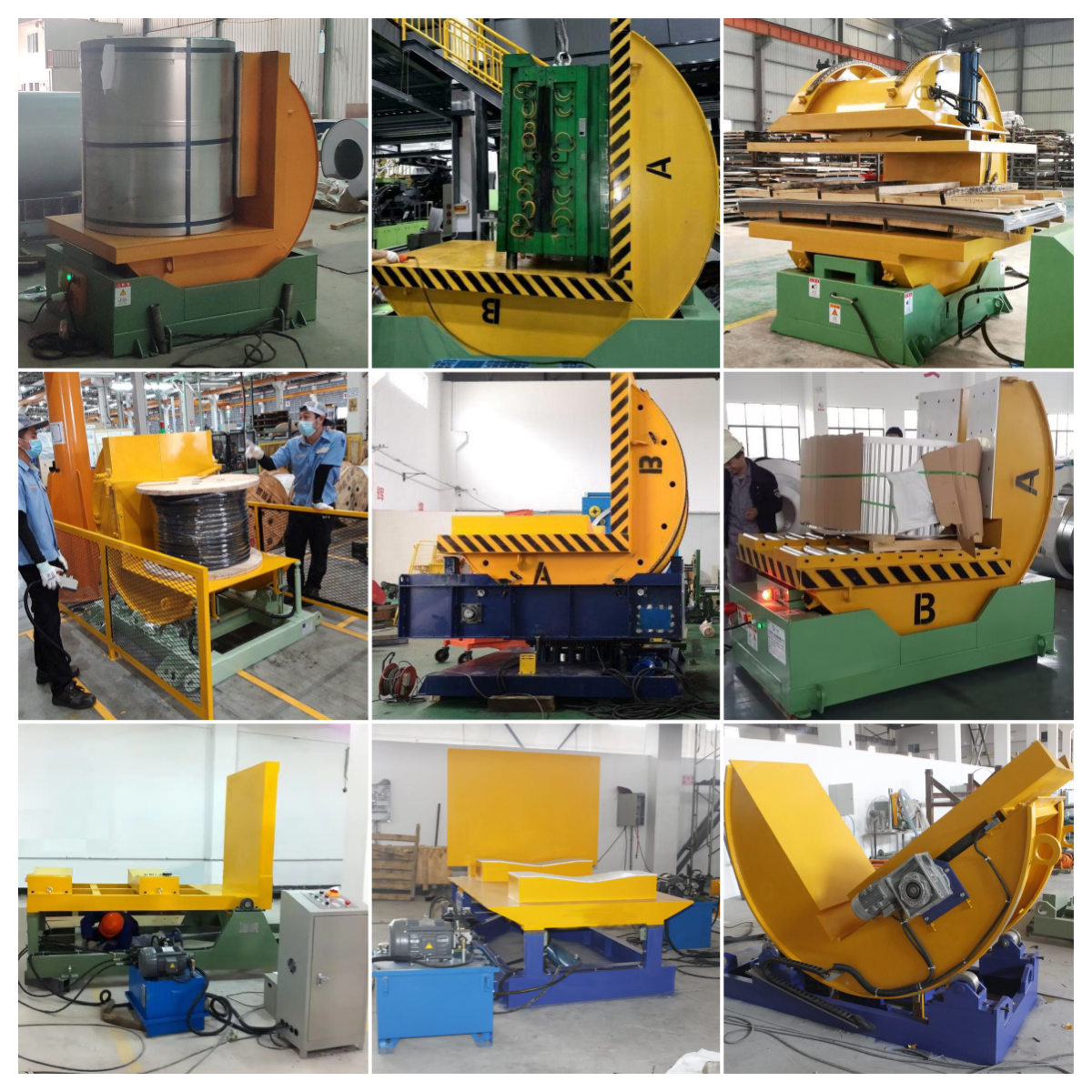
Deeper Dive: Shifting from High-Risk to High-Control
When I was a young engineer, I visited a large stamping plant. I watched a team of four workers struggle to flip a die using an overhead crane and chains. One of the chains slipped. The die, worth tens of thousands of dollars, tilted violently before catching. Nobody was hurt, but the image of that near-miss stayed with me. It showed me how much we were relying on luck. This is the core problem that a mold upender solves. It replaces luck with engineering.
The Hidden Dangers of Traditional Mold Handling
Traditional methods expose your operation to multiple, often un-costed, risks. Using an overhead crane requires a certified operator and riggers. The process is slow and requires a large, clear area. The risk of human error is high. Using forklifts is even more unstable, as they are not designed for the dynamic loads of a flipping object. Manual methods involving bars and blocks are recipes for crushed limbs and back injuries. These methods are not just unsafe; they are a sign of an outdated process that has no place in a modern, competitive factory.
A Mechanical Approach to Human Safety
A mold upender is designed with one job in mind: to turn heavy things over safely. The load is placed on a sturdy table. It is then secured. The machine does the work. The operator stands at a safe distance, using a simple control panel. The movement is smooth and predictable every single time. There are no swinging loads, no strained muscles, and no moments of high tension.
To truly understand the difference, let's compare the risks side-by-side.
| Risk Type | Traditional Method (Crane/Forklift) | Mold Upender Solution |
|---|---|---|
| Dropped Load | High risk due to sling failure, operator error, or load imbalance. | Virtually zero. The load is secured to a stable platform. |
| Worker Injury | High risk of crush injuries, strains, and falls. | Minimal. The operator is removed from the immediate danger zone. |
| Equipment Damage | High risk of damage to the mold, die, or crane from shock loads. | Low. The motion is controlled and smooth, preventing impacts. |
| Process Control | Low. Depends entirely on operator skill and external conditions. | High. The process is repeatable, reliable, and machine-controlled. |
Investing in safety is not just about compliance or avoiding lawsuits. It's about respecting your employees and building a stable, confident workforce. A safe factory is a productive factory.
What Is the Real ROI of a Mold Upender Beyond the Price Tag?
As a business owner, I know every investment needs to make financial sense. A mold upender can seem like a big expense when you only look at the initial price. But what is the true cost of not buying one? Think about the hidden costs that add up over time. You have damaged molds that need repair or replacement. You have production downtime during slow, manual changeovers. You have higher insurance premiums because of hazardous work conditions. These invisible expenses drain money from your business every single year. The real return on investment (ROI) of a mold upender comes from seeing the whole picture. It is an investment that pays for itself by cutting hidden costs and creating new value.
The real ROI of a mold upender goes far beyond its purchase price by creating savings in many areas. It prevents expensive damage to molds, cuts downtime for maintenance, lowers labor costs, reduces insurance rates due to a safer workplace, and improves overall production output.
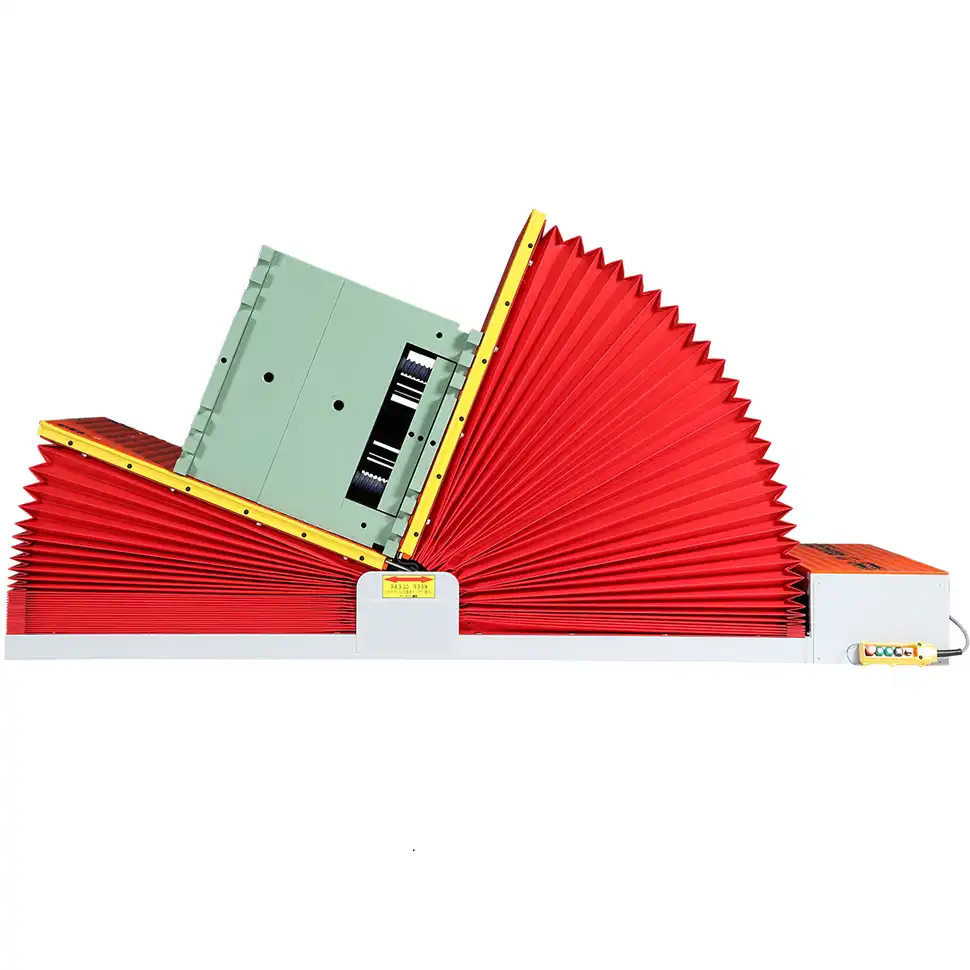
Deeper Dive: Calculating the Total Value of Your Investment
A smart business leader like you performs a strict feasibility analysis for every capital expenditure. So let's build a simple model to see how the numbers work. The initial cost is just one line item. The returns come from many different places, some obvious and some less so.
Calculating the Tangible Returns
Tangible returns are the hard numbers you can easily track. These are the direct savings that will appear on your balance sheet. Let's look at a conservative example for a typical manufacturing plant.
| ROI Factor | Traditional Method Annual Cost | Mold Upender Annual Savings |
|---|---|---|
| Mold/Die Damage | $15,000 (1 major repair or 3 minor ones) | $14,500 (Reduced to near zero) |
| Labor for Turning | $25,000 (2 workers, 30 min/day, $25/hr) | $22,900 (1 worker, 5 min/day) |
| Production Downtime | $50,000 (25 min extra downtime/day) | $45,000+ (Downtime becomes negligible) |
| Insurance Premiums | Varies (but can be significant) | Potential 5-10% reduction in liability premiums |
| Total Tangible Savings | $82,400+ per year |
These are just estimates, but they show how quickly the investment can pay for itself, often in less than 12-18 months. You are not just buying a machine; you are eliminating recurring operational costs permanently.
The Intangible Value: A More Resilient Operation
Beyond the hard numbers, there is a softer, but equally important, value. A safer workplace improves employee morale and reduces turnover. When your team feels valued and protected, they are more engaged and productive. Your company also builds a reputation as a modern, responsible employer, which helps attract top talent. Furthermore, you gain operational stability. You remove a major source of unpredictability from your production line. This makes scheduling more accurate and your business more resilient to unexpected problems. This stability is the foundation upon which you can pursue higher goals, like increasing capacity or entering new markets. This is the strategic value that separates industry leaders from the rest.
How Does Integrating a Mold Upender Boost Overall Production Efficiency?
In today's market, every minute of production counts. A slow mold changeover or a long maintenance delay creates a bottleneck. This one slow point can hold back your entire production line. This inefficiency results in lower output, missed delivery dates, and a constant battle to meet your targets. Your expensive presses and machines sit idle while a simple but slow manual task is completed. Integrating a mold upender turns this bottleneck into a fast, smooth, and repeatable part of your workflow. This directly increases the effective operating time of your plant.
A mold upender boosts overall production efficiency by drastically cutting the time needed for mold turning, maintenance, and changeovers. A task that used to take 30 to 60 minutes with a crane and several workers can now be done by one operator in less than 5 minutes. This maximizes machine uptime and increases the entire plant's throughput.
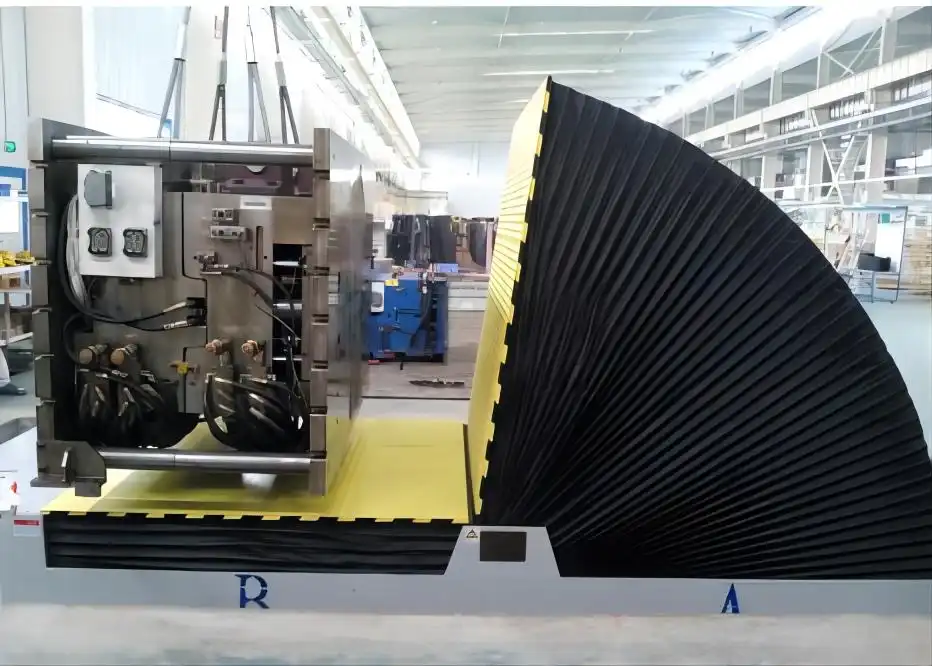
Deeper Dive: From Bottleneck to Throughput Multiplier
Efficiency is about more than just speed; it's about flow. When one part of your process is slow and unpredictable, it disrupts the flow of the entire system. Think of it like a blocked artery in your production process.
Transforming Wasted Time into Productive Time
Let's look at a typical mold changeover. The old way involves waiting for the crane, clearing a large area, carefully attaching chains, slowly lifting and turning, and then lowering the mold. This process is full of stops and starts. A mold upender streamlines this into a few simple steps: place the mold, press a button, and remove the mold.
| Task | Traditional Method Time | Mold Upender Time | Time Saved per Cycle |
|---|---|---|---|
| Preparation | 10-15 minutes (wait for crane, clear area) | 1 minute (move mold to upender) | ~12 minutes |
| Turning Process | 10-20 minutes (rigging, slow crane movement) | 2-3 minutes (machine rotation) | ~15 minutes |
| Placement | 5-10 minutes (unrigging, final positioning) | 1 minute (remove from upender) | ~7 minutes |
| Total Time | 25-45 minutes | < 5 minutes | ~30 minutes |
If you perform just two changeovers a day, you are reclaiming an hour of productive time. Over a year, that's hundreds of hours of additional capacity from the exact same equipment. This is a direct path to higher profitability.
Enabling Predictive and Proactive Maintenance
Efficiency isn't just about changeovers. It's also about maintenance. With traditional methods, inspecting a mold is a major task, so it doesn't happen often enough. With a mold upender, a technician can safely and quickly turn a mold to inspect all sides. This makes it easy to implement a proactive maintenance schedule. You can catch small problems like cracks or wear before they become major failures that shut down your line. This shift from reactive repair to proactive maintenance is a core principle of world-class manufacturing systems like TPM (Total Productive Maintenance). It allows you to move closer to goals like 95% equipment uptime, because you are controlling the equipment, not letting it control you.
Why Is Customization Key When Choosing a Mold Upender for Your Specific Needs?
You have decided that a mold upender is the right investment. That's a great step. But the market has many "one-size-fits-all" options. Buying a standard, off-the-shelf machine might seem easy and quick. However, it often leads to new problems. An upender that is not correctly sized or configured for your specific molds can be inefficient. Worse, it can be unsafe. It might not handle your mold's unique shape, fit in your factory's layout, or handle the required weight. This turns a potential solution into another headache. This is why it is so important to work with a partner who understands your operation. A customized mold upender is designed to fit perfectly into your workflow, maximizing its value from the very first day.
Customization is key when choosing a mold upender because every industrial environment is unique. Factors like the weight, size, and shape of your molds, the available floor space, your power source, and how the upender will work with other equipment must be considered. This ensures the machine is safe, efficient, and a perfect match for your production needs.
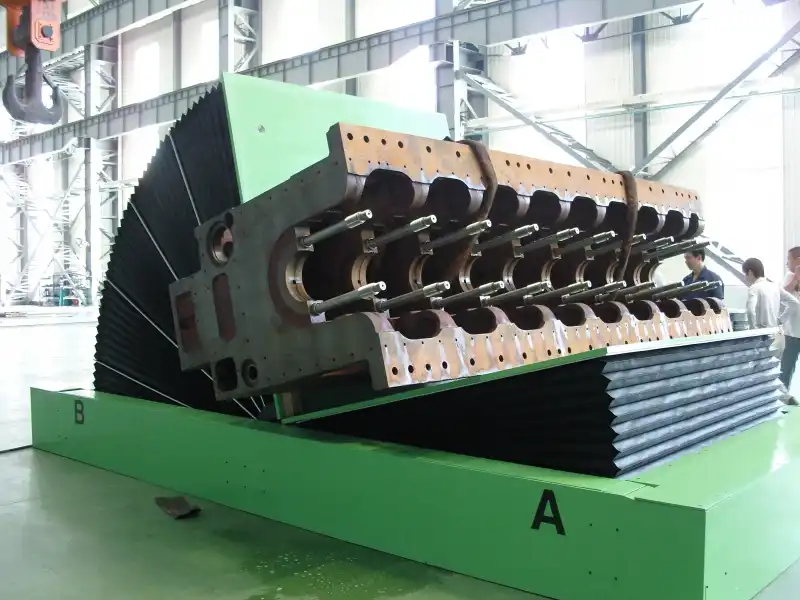
Deeper Dive: A Solution Engineered for You
When I started my own factory, I learned a valuable lesson. The right tool is not just one that does the job; it's one that feels like a natural part of the process. An off-the-shelf solution is designed for an imaginary, "average" factory. Your factory is real.
Key Customization Variables to Consider
A true equipment partner won't just sell you a machine. They will work with you to define the exact specifications you need. Here are some of the critical factors we always discuss with our clients:
- Load Capacity: This seems obvious, but you need to plan for your heaviest mold, plus a safety margin.
- Table Size and Shape: The platform must fit your largest mold's footprint, but also be able to secure your smallest mold. Sometimes "V" or "C" shaped tables are needed for coils or cylindrical objects.
- Rotation Angle: Most applications need 90-degree rotation. Some require a full 180-degree flip. The machine should be built for what you need.
- Power System: You can choose between hydraulic systems for heavy-duty power or electromechanical systems for cleaner, quieter operation and more precise control.
- Integration: How will the upender be loaded and unloaded? By crane? Forklift? AGV? The machine's height, controls, and safety features must integrate with your existing workflow.
Let's look at a simple checklist.
| Feature | Standard Option | Custom Option | Why It Matters for You |
|---|---|---|---|
| Controls | Basic push-button pendant | PLC integration, remote control, variable speed | To match your automation level and improve safety. |
| Platform Surface | Flat steel plate | Nylon, wood, or custom fixtures | To protect delicate mold surfaces from scratches. |
| Footprint | Fixed standard size | Modified to fit a specific tight space | To ensure it fits into your factory layout without disruption. |
| Safety Features | Basic emergency stop | Light curtains, area scanners, warning lights | To meet your specific site safety standards. |
The Consultation Process: Beyond a Sales Call
A good supplier acts as a consultant. When a client contacts me, my first question is never, "What model do you want?" It is always, "What problem are you trying to solve?" The right solution comes from a deep understanding of the need. This involves discussing your process, looking at drawings of your parts, and sometimes even visiting your site to see the workflow firsthand. This partnership approach ensures you are not just buying a piece of equipment, but investing in a true solution that is built to last and deliver value for years to come.
My Insights: What Does This Trend in Colombia Tell Us About the Future?
We have discussed the practical benefits of mold upenders: safety, ROI, and efficiency. These are all critical metrics for running a business. But after spending my entire adult life in this industry, from working on the factory floor to building my own company, I see something more happening here. I see a change in thinking. Sticking with old, dangerous methods because "it's how we've always done it" is a way to fall behind. Your competitors who embrace smarter, safer technology will move ahead, leaving others to deal with the same old problems and rising costs. Investing in a mold upender is a statement. It shows that you value your people, you are serious about operational excellence, and you are building a strong, future-proof business.
My personal take is that a mold upender represents a fundamental shift from a reactive to a proactive operational philosophy. It is an investment in control, predictability, and safety. These are the foundations of any world-class manufacturing operation. This is not just about flipping a mold; it is about building a better, safer, and more profitable factory.

Deeper Dive: From Local Trend to Global Standard
The growing demand for mold upenders in Colombia is not an isolated event. I see it as a sign of a much larger industrial evolution happening across Latin America and the world.
The Colombian Example as a Microcosm
Industrial sectors in countries like Colombia, Mexico, and Brazil are becoming more sophisticated and globally competitive. They face the same pressures as factories in Europe or North America: demands for higher quality, stricter safety regulations, and the need to control costs. Adopting technologies like mold upenders is a logical and necessary step. It's a clear signal that these industries are maturing. They are moving away from relying on cheap labor to solve problems and are instead investing in smart technology to build sustainable, long-term advantages. This is a sign of strength and a forward-looking mindset.
Investing in Process, Not Just Equipment
My journey has taught me a very important lesson. When I started my own factory, I didn't have unlimited money. Every investment had to count. I learned that buying the right tool to fix a core process problem was always a better use of capital than patching old systems. This philosophy helped me grow my business and achieve financial independence. More importantly, it has helped many of my clients grow their businesses too. A mold upender is one of these foundational tools. It doesn't just perform a task; it fundamentally improves a core process. By making your mold handling safe, fast, and reliable, it strengthens the entire production chain. It is an investment in a better way of working. This is the kind of strategic thinking that builds successful companies.
Conclusion
Ultimately, adopting a mold upender is a strategic move. It enhances safety, boosts efficiency, and delivers a strong ROI, securing your factory's competitive edge for the future.




